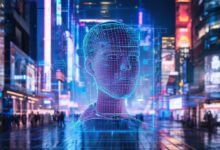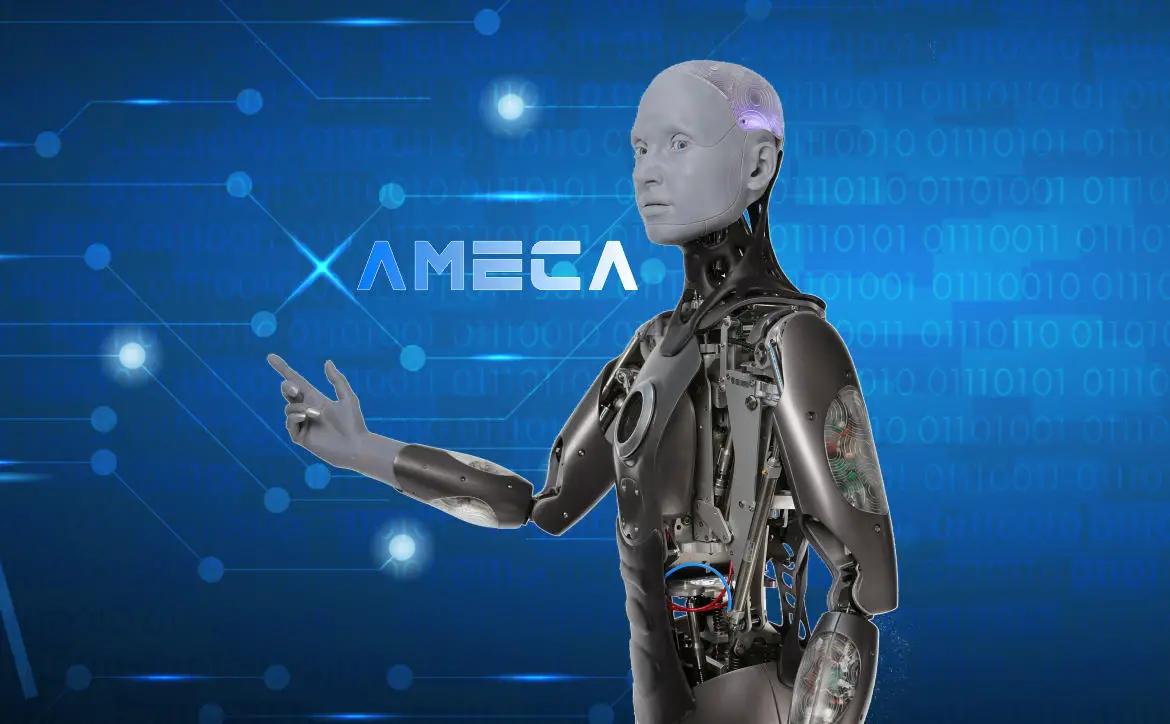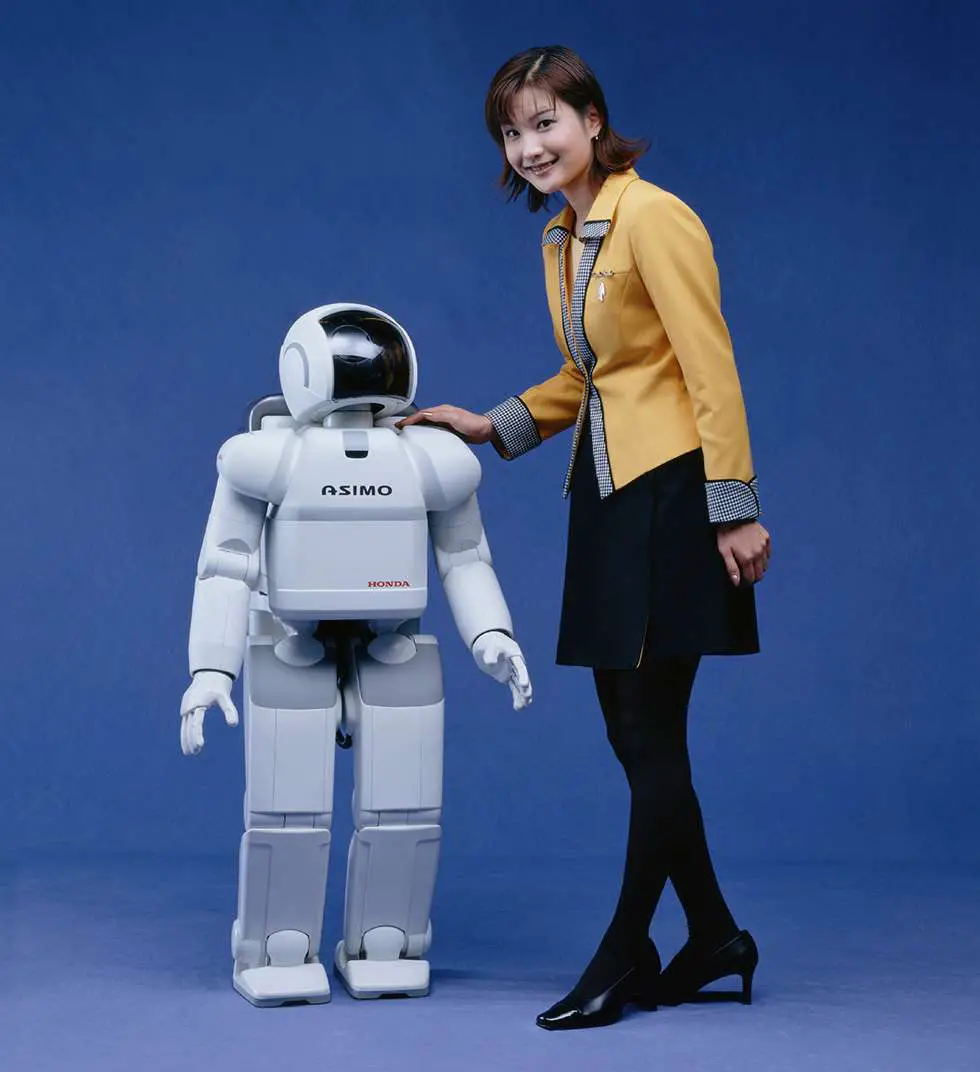
Deep Reinforcement Learning represents a significant intersection of technology and gaming, where machines learn through rewards to master complex strategies. By observing the development of AI in gaming, we can see how these systems evolve from simple trial and error to sophisticated decision-making processes.
Introduction to Deep Reinforcement Learning
Deep Reinforcement Learning (DRL) combines neural networks with Q-learning to help machines learn optimal game-playing strategies. In gaming environments like Snake, agents gather state information and make decisions based on rewards. Q-learning examines possible moves, calculates potential scores, and selects the most rewarding path.
DRL agents start with random actions and learn through constant interaction, forming patterns over time. Unlike older systems with fixed tables, DRL uses neural networks that adapt and predict better as they gather more experience. This approach allows for adaptable intelligence that can be applied beyond gaming to various complex systems.
Challenges in AI Game Design
AI game design faces several challenges:
- Creating AI that is engaging without being overpowering
- Enhancing gameplay while maintaining balance
- Training AI models to align with game stories and mechanics
- Adapting to numerous scenarios within design constraints
A key consideration is the difference between artificial intelligence (AI) and artificial behavior (AB). While AI aims to replicate human-like decision-making, AB focuses on simulating human-like behavior that fits the game's dynamics. Creating AI that blends sophistication with simplicity requires a nuanced approach to ensure that synthetic competitors know when to challenge players and when to allow for player success.
Case Studies: AI in Gaming
AlphaGo's Milestone Victory: AlphaGo's victory over world champion Lee Sedol marked a significant milestone in AI gaming capabilities. It demonstrated AI's ability to master complex strategies and even innovate tactics that surprised experienced players.
Robotics and Deep Reinforcement Learning: In robotics, deep reinforcement learning has enabled humanoid robots to develop sophisticated movement skills, such as playing soccer. These robots learn to adapt tactically and recover from falls, showcasing AI's potential beyond gaming.
AI in Game Development: AI is also transforming game development processes. Machine learning assists in asset creation, streamlining tasks like environment design and character animation. This allows human creators to focus more on creativity and storytelling while AI handles time-consuming technical aspects.
Technical Aspects of DRL in Gaming
DRL uses neural networks to approximate the Q-function, predicting future rewards based on actions in a game state. Training involves crafting an accurate reward system and requires significant computational resources. Deep Q-Networks (DQNs) need repeated exposure to game states to develop robust strategies.
Challenges include:
- Balancing exploration versus exploitation
- Implementing real-time learning without impacting game performance
Solutions like parallel environments and prioritized experience replay can improve training efficiency, but they demand substantial computational power.
Future of AI in Gaming
The future of AI in gaming promises:
- More immersive experiences with human-like AI agents
- Dynamic difficulty adjustment for tailored challenges
- AI-enhanced matchmaking systems for improved multiplayer experiences
- Interactive storytelling with richer, branching plots
- Enhanced virtual reality through AI integration
These advancements could lead to more intuitive and responsive gaming environments, enhancing realism through natural interactions with characters and surroundings.

Writio: Your automatic content creator for blogs and websites. This article was written by Writio.
- Haarnoja T, Srinivasan S, Ha S, et al. Deep reinforcement learning for full-body control of humanoid robots. Science. 2023;380(6649):1144-1150.








